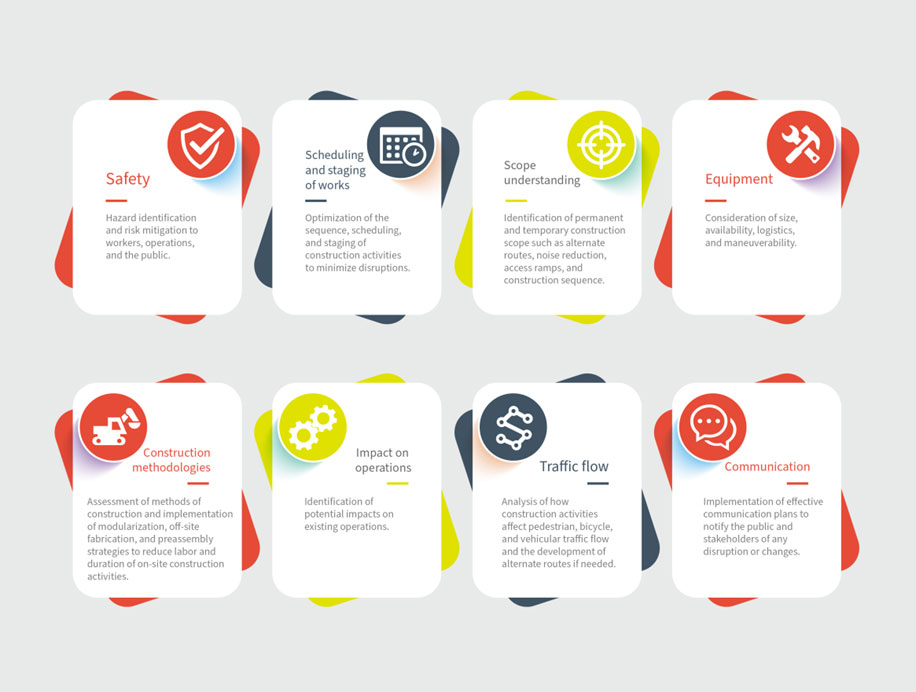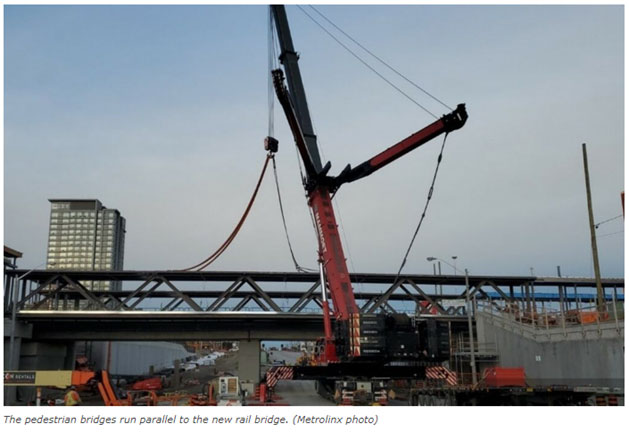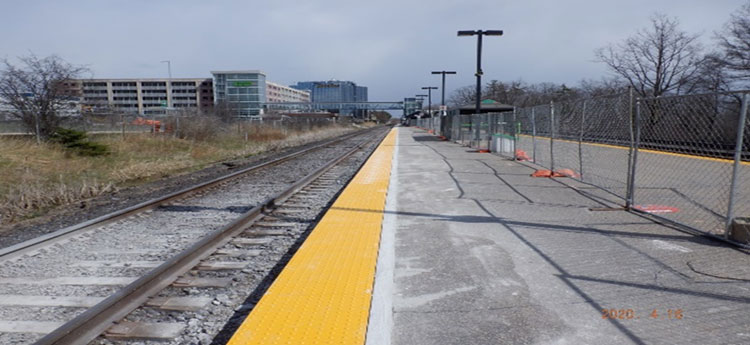Constructability—planning for project success
A transit station constructability review is a comprehensive assessment of the designs, construction methods, construction sequencing, and the feasibility and practicality of constructing new or modifying existing stations. This often needs to be done while supporting uninterrupted operations of the transit service. It examines all elements of a construction plan—from design and materials sourcing to job-site logistics and labor—to identify potential issues or obstacles. Ultimately, it’s a project planning technique that evaluates the “build-ability” of a project in its design phase, addresses potential issues prior to construction ensuring it runs smoothly and meets safety, environmental, and regulatory requirements.
The success of a constructability review lies in adopting a team approach. This involves client representatives, project leadership, engineering, and procurement, with health and safety and construction management working toward the common goal of producing a high quality project while enhancing safety and minimizing disruption.
Throughout constructability reviews, a deep understanding of project scope, schedule objectives, safety risks, and construction methodologies is required to anticipate and mitigate potential construction issues throughout the planning phase, rather than during construction.
Early assessment of construction activities such as the type and size of equipment needed for construction, site constraints, and sequencing of work in a reasonable manner allows for development of optimized construction strategies and staging to minimize potential impacts to customer experience. As we dive into these essential steps, we form an understanding of how and why constructability reviews are vital to project success, and how to best implement them.
Understanding the origins
The Construction Industry Institute defines constructability as “the optimum use of construction knowledge and experience in planning, design, procurement, and field operations to achieve overall project objectives.” Constructability is recognized as an essential planning methodology that can significantly increase the probability of project success. This best practice is used in all industries to ensure that engineering, procurement, and contracting activities consider construction challenges and issues in terms of health and safety, quality, access, maintenance, schedule, and productivity.
But what happens when project impacts affect the general public? Or when construction affects the way people get to work and use public transportation? Does the transit industry benefit from the same preparedness?
Transit is ultimately a means of creating convenience for people—and when a service designed to create convenience becomes inconvenient due to construction, passengers tend to feel disrupted and disgruntled. In an industry dedicated to bringing people together, it’s important to invest in ensuring that convenience remains the priority when making changes to new and existing infrastructure.
Metrolinx, a major transportation agency, recognized the need for a comprehensive approach to address construction challenges in their facilities. Together with our partners, Metrolinx engaged Hatch experts to collaborate with Metrolinx Operations subject matter experts to develop the "Temporary Construction and Customer Experience Requirements for GO Transit Facilities," a standard aimed at improving construction operations and minimizing customer disruption during construction projects.
This important foundation aligns Hatch with Metrolinx as experts in constructability review and creates the framework for future projects, helping to establish standards and best practices moving forward. The team identified potential issues and opportunities for operations to run more efficiently, and ultimately, aimed to make things easier to build, worked to identify potential problem areas, and dealt with them upfront.
This in-depth involvement begins with communication between construction professionals and station operations. These discussions aim to understand the challenges faced during construction and create planning and performance mandates for contractors, design builders, and construction managers. The goal is to identify potential impacts, devise mitigation strategies, and establish notification and communication protocols.
Fundamental aspects to consider
It’s important to examine the facets of a constructability review that help ensure a project runs smoothly from inception to completion:

Doing our homework
The timing of constructability reviews and the importance of considering all disciplines is critical. Engagement during early design stages mitigates design changes throughout the design process to mitigate construction issues. As drawings are prepared, there should be a multi-disciplinary review to ensure all interfaces are considered in their entirety rather than in isolation. This allows for smoother problem-solving and proactive mitigation, reducing the potential for changes during construction which often results in added cost and duration.
It’s vital to tie service to staging and equipment and look at the big picture: the physical space needed to get equipment on and off the site, what equipment and support equipment is necessary, when the work will be performed, and how to reduce its impacts.

With this in mind, construction equipment availability and maneuverability need to be addressed. For example, having a constructability review completed at an early stage in past projects allowed us to identify property limitations that could have impacted equipment selection. In some cases, when we did this early on, there were opportunities to negotiate with property owners and source additional property available for the construction work.
Property negotiations and acquisitions can take upward of eighteen months, which is why getting this right the first time at the conceptual level of design development was essential. If this isn’t identified early on, there isn’t time to negotiate additional property—the window for opportunity closes, causing limitations to the contractor and the way they can do their work, resulting in additional costs and project delays.
This necessitates bringing the right people to the table, allowing for the best representation at an early stage of the project.
Public communication
In transit and other infrastructure projects, the impact on the public is a critical consideration. Effective communication is paramount to ensure minimal inconvenience to customers and other members of the public. Whether it's providing clear signage, shuttle services, or advanced notices, constructability reviews help shape communication plans that keep the public informed and maintain their level of service.

Constructability reviews thrive on collaboration. Clients, consultants, and contractors must work together to develop rules, protocols, and communication strategies. By understanding each other's roles and responsibilities, these stakeholders contribute to the overall success of the project.
They’re more than just another step in the construction process—they’re a cornerstone of successful project execution. They ensure that potential issues are identified and addressed early, leading to smoother construction operations and minimized disruptions. As construction projects continue to evolve, the importance of constructability reviews in optimizing project outcomes cannot be overstated.
At Hatch, we pride ourselves in the successful project outcomes achieved by performing constructability reviews on major projects. We recognize the way they help public perception of construction and understand the value they create in project efficiency and success. Contact us to find out more and to learn how we can help create and implement a review within your construction projects.
